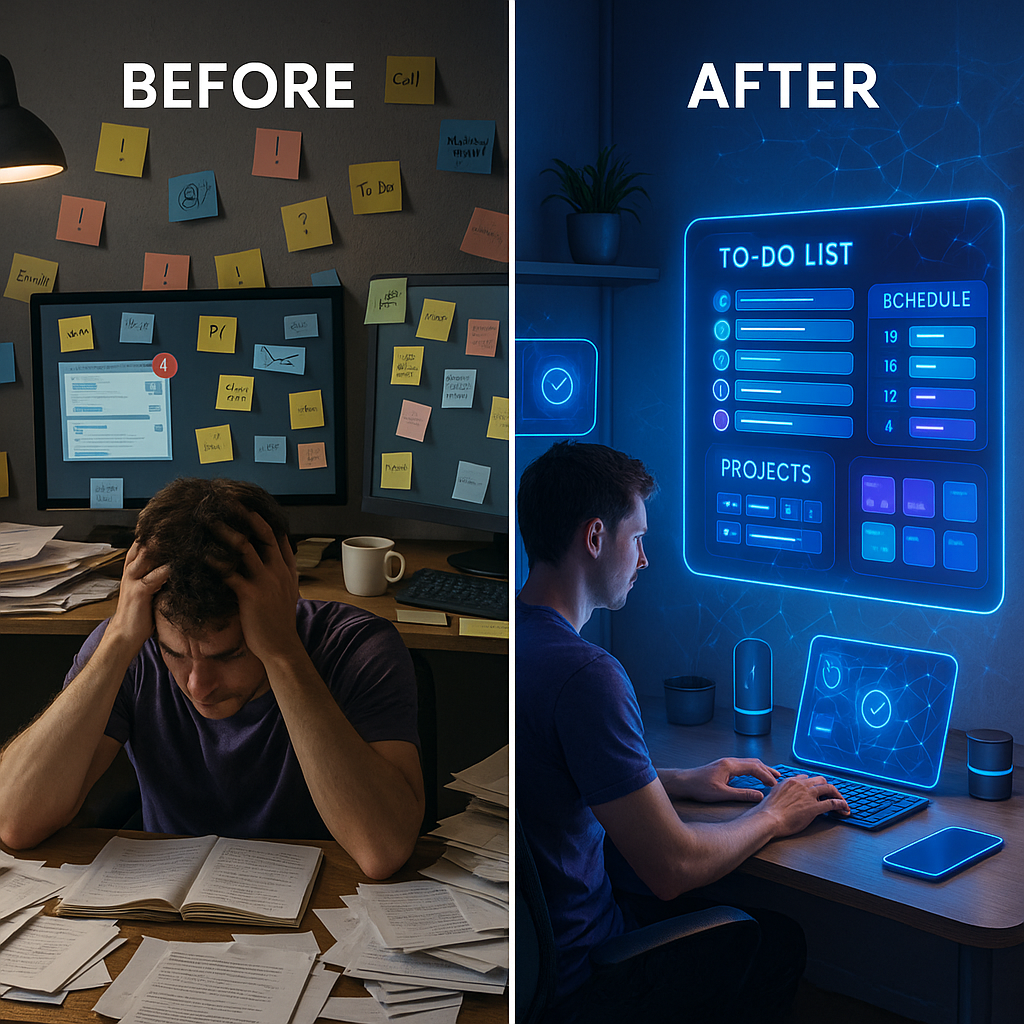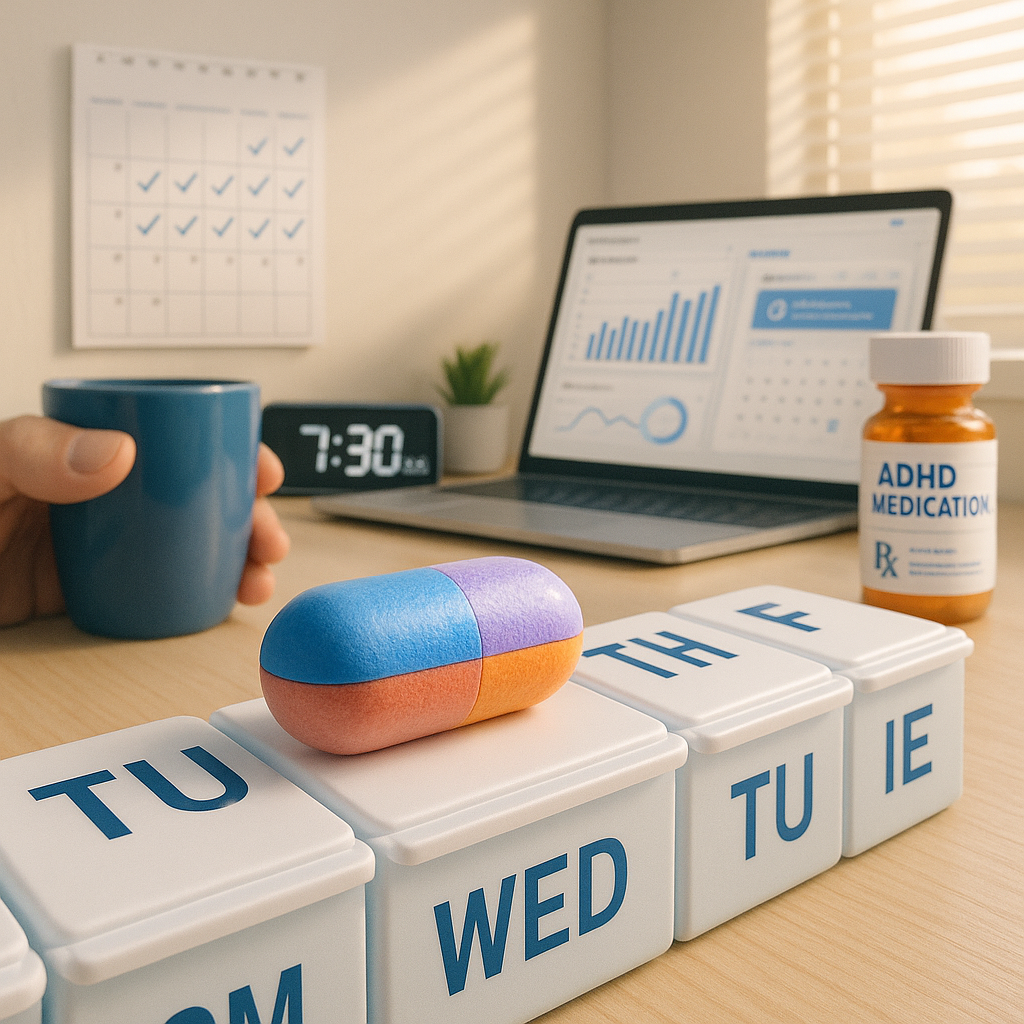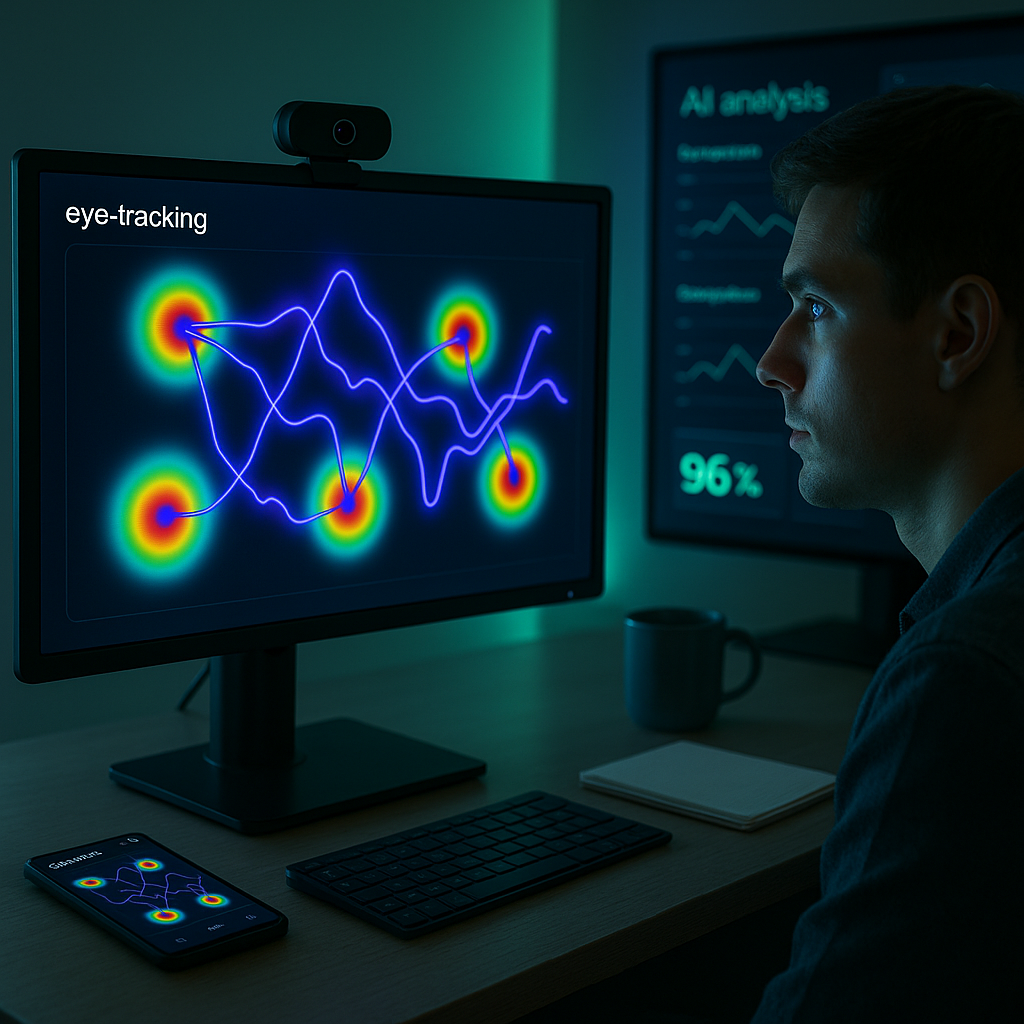Key Takeaways
- AI assistants streamline daily chaos: Task automation and reminders help transform scattered routines into reliable, low-stress workflows.
- Hyperfocus harnessed for growth: AI-driven tools channel hyperfocus episodes into deep work and productive outputs, turning a challenge into a strength.
- Personalized solutions over one-size-fits-all: Smart systems adapt to ADHD-specific needs instead of imposing neurotypical productivity rules.
- Burnout prevention through smarter systems: Automation reduces decision fatigue and repetitive tasks, freeing energy for creative problem-solving.
- Forward-looking: AI integration in ADHD-friendly businesses expands: More startups and freelancers are adopting AI-driven approaches to thrive sustainably.
Introduction
AI-powered tools are transforming how neurodivergent professionals with ADHD manage work and life. These technologies offer tailored ways to build routines, channel hyperfocus, and scale businesses without burnout. By turning daily chaos into sustainable systems that play to ADHD strengths, more solopreneurs and startups are embracing automation and personalized workflows to succeed in today’s fast-paced world.
Understanding ADHD’s Unique Operating System
AI tools can effectively complement ADHD brain patterns by working with natural tendencies rather than against them. The ADHD mind excels at pattern recognition, creative problem-solving, and intensive focus on engaging tasks. In these areas, AI technology offers valuable support and enhancement.
Research from the National Institute of Mental Health shows that ADHD brains process information differently, especially in executive function and attention regulation. These differences create unique opportunities for AI assistance in tasks that require sustained attention or complex organization.
Modern AI solutions adapt to individual work rhythms, supporting both hyperfocus periods and times of waning attention. This flexibility offers a more personalized and effective approach to productivity.
How AI Transforms Common ADHD Challenges
Task initiation and organization become more manageable through AI-powered systems that break down complex projects into smaller, digestible steps. Tools like Motion and Todoist now use AI features to automatically prioritize tasks based on executive function patterns and energy levels.
Time management improves with AI assistants that provide context-aware reminders and flexible scheduling. These systems detect work patterns and adjust notifications to help users maintain momentum without feeling overwhelmed.
Digital clutter, a common challenge for ADHD minds, is addressed by AI-powered organization tools. Applications like Tiago and NotionAI automatically categorize information, create clear hierarchies, and maintain intuitive digital spaces.
Practical Applications in Daily Life
Smart home assistants now integrate with ADHD-friendly protocols, offering environmental supports tailored to individual needs. Voice-activated systems manage routine tasks, track important items, and deliver reminders without adding cognitive load.
Professional workflows benefit from AI-powered writing assistants and project management tools designed for non-linear thinking patterns. These systems capture scattered ideas, organize information on the fly, and help maintain focus during important tasks.
Personal organization sees significant improvement through AI tools that address ADHD time blindness. Calendar systems with built-in AI predict task duration more accurately and build in buffer time for transitions.
Leveraging AI for Better Focus
Context-switching, often difficult for ADHD minds, becomes more manageable with AI tools that maintain project continuity. These systems track multiple threads of work and provide quick context when returning to tasks.
Distraction management improves as AI systems adapt to individual attention patterns. Smart filters gradually adjust notification settings based on focus levels and task importance, establishing protective boundaries around deep work sessions.
Recent AI productivity tools include features designed to support hyperfocus. These help users maintain productive states while suggesting breaks according to personal patterns. The aim is to prevent burnout.
Building Sustainable Systems
Personalization is crucial for developing lasting productivity systems for ADHD minds. AI platforms now learn individual work patterns, energy cycles, and preferences to suggest increasingly effective strategies over time.
Integration between different tools is smoother through AI coordination, reducing the cognitive load of managing multiple systems. This interconnected approach maintains consistency while adapting to evolving needs.
Regular feedback loops in AI systems help users understand their patterns and progressively optimize workflows. This data-driven approach supports continuous improvement while remaining flexible for natural ADHD variations.
Conclusion
AI-powered tools are reshaping productivity for ADHD minds by aligning with natural strengths and providing tailored support for complex tasks, organization, and focus. This individualized approach helps reduce overwhelm and empowers professionals to work more sustainably. What to watch: new AI features continue to emerge, aiming to further improve adaptation to diverse neurodivergent work styles.





Leave a Reply